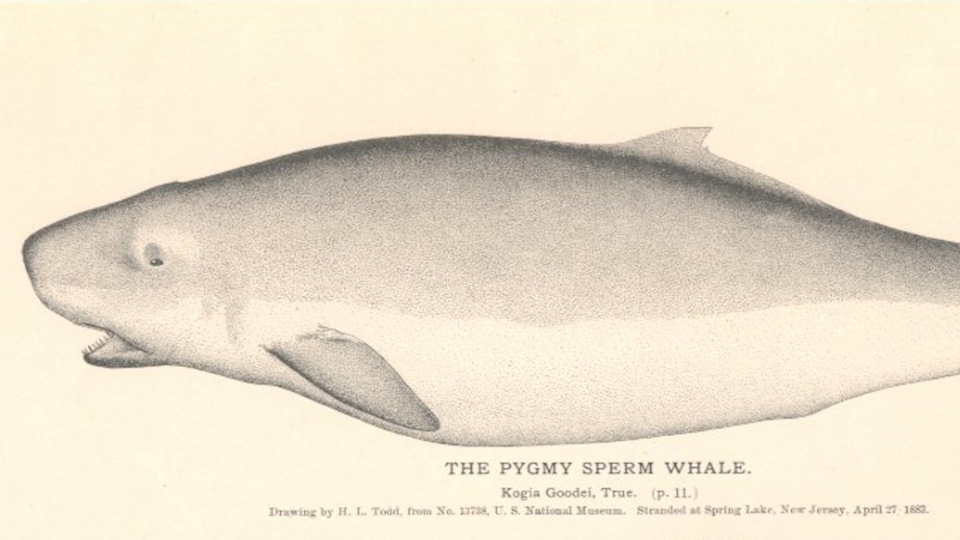Science News
Early Sperm Whale Fossil Uncovered

In a world focused on high-tech DNA analysis, it’s easy to forget the value of good old-fashioned bone diggin’. The fossil record, our window into the history of life on our planet, has more holes than a wheel of Emmentaler. To fill the gaps, someone like mammalogist Jorge Velez-Juarbe, of the Natural History Museum of Los Angeles County, has to go out into the field and search for new species. Just think of him as the Indiana Jones of ancient sperm whales.
In a PLoS ONE paper published this week, Velez-Juarbe and his colleagues Aaron R. Wood, Carlos De Gracia, and Austin J.W. Hendy describe a kogiid, a relative of the rare but still-living pygmy and dwarf sperm whales. This animal lived in our oceans in the late Tortonian (about 7.5 million years ago for those of us who haven’t memorized all the subdivisions of the Cenezoic Era). The skull indicates a smaller spermaceti organ—that’s the big organ in the head of toothed whales used for generating sound and the source of the oil historically valued by whalers. By comparing other fossils, the researchers observed a steady reduction in spermaceti organ size in a slow process over millions of years. Along the way, new species emerged, eventually leading to modern pygmy and dwarf sperm whales.
Paleontology involves some serious deduction, and these scientists put forth the idea that “differences in feeding ecologies of the two species” may be the cause of different head and body shapes. The authors even push back the divergence of living Kogia (pygmy and dwarf sperm whales) about five million years closer to the present, based not on molecular evidence but on the fossils themselves. With such investigative skills, Velez-Juarbe might better be described as the Sherlock Holmes of toothed whales.
Feel like doing your own investigation into sperm whale phylogeny? Come on down to our new Whales exhibit at the California Academy of Sciences, where you can explore these giants of the deep—including complete sperm whale skeletons and skulls from species past and present—and learn how to protect the whales we still have gliding through our Holocene (present-day) oceans!
Image: 19th century drawing of a pygmy sperm whale